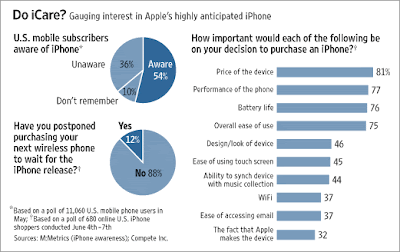Lehman Brothers upgraded the chemicals giant last week and laid out three scenarios, a big purchase, significant sale or huge share repurchase, that could lift earnings next year. Do not buy DOW (DOW) shares because of this.
The analyst, Sergey Vasnetsov raised his recommendation on Dow Chemical’s shares to overweight from equal weight and lifted his price target to $55, or $15 higher than his previous projection.
He said the company’s large cash position and statements from executives over the past few months have made three outcomes possible that could add to earnings next
year. They include a big acquisition, such as the purchase of a company with sales topping $10 billion; a stock buyback worth up to $10 billion; and a $3 billion divesture of some of Dow’s commodity, or bulk, chemicals businesses.
Given the company’s strong free cash flow, Dow Chemical “could be quite an active
chemical company in M&A,” said Vasnetsov.
If not for those reasons, why buy Dow? Let’s put aside the stellar balance sheet, cash hoard and envious cash flow and look just at the business. Recently in an interview CEO Andrew Liveris said “The good news, though, is that volume is good, and I would tell you with the exception of housing, end-use markets are strong in North America, surprisingly strong, and the rest of the world is somewhere between dynamite and good,” said Liveris.
For proof of his statement? Look at recent pricing actions by the company.
Dow announced price increases for acrylic acid and esters, also known as acrylic monomers or acrylates, effective July 1, 2007, or as otherwise allowed by individual contract terms.
Dow will increase prices for glacial acrylic acid, butyl acrylate, ethyl acrylate, methyl acrylate and 2-ethylhexyl acrylate, as follows:
Butyl Acrylate/2-Ethylhexyl Acrylate
* In North America by US$0.05 per pound.
* In Asia Pacific by US$120.00 per metric ton.
* In Middle East/Africa by US$120.00 per metric ton.
* In Latin America by US$120.00 per metric ton.
* In Europe by 90 Euros per metric ton.
Ethyl Acrylate/Methyl Acrylate/Glacial Acrylic Acid
In North America by US$0.03 per pound. In Asia Pacific by US$70.00 per metric ton. In Middle East/Africa by US$70.00 per metric ton. In Latin America by US$70.00 per metric ton. In Europe by 50 Euros per metric ton.
“The need for these increases is driven by an industry-wide butanol and 2-ethylhexyl supply/demand imbalance,” explained Mark Bassett, global business director for the Acrylic Monomers business of The Dow Chemical Company. “This has reached such a critical point that production is not able to meet demand. This increase also attempts to recover increases in the cost of raw materials such as propylene and natural gas.”
They also announced recently they will raise list and off-list prices on a number of their Oxygenated Solvents products in North America effective June 1, 2007, or as contracts allow. This increase is primarily driven by the tight supply of butanol combined with the continued increased costs of propylene and natural gas.
“A tightening market for raw materials namely propylene and butanol are the primary drivers for this price increase,” says Martin Sutcliffe, global business director, Glycol Ethers. “The global butanol market has been steadily tightening this year, with supply now unable to keep up with demand.”
“Dow recognizes that we need to make exceptional efforts to meet the demand,” says Pat Gottschalk, global business director, Solvents & Intermediates. “However, when the industry is dealing with the need to maximize supply, we must raise our prices to continue to compete for raw materials and other resources.”
If you follow this link, you will see Dow’s 2007 pricing announcements. You will also notice that announcement after announcement has the words “price increase” in it. Demand and pricing are firming and that is never a bad thing.
Liveris said 2007 will be a good year for Dow, but it will definitely not outperform its 2006 earnings. He said earnings should be below $4.00 per share. The reason? Low cost production facilities are being built and Dow is still tied to the US energy market. That US dependence is being fixed but will take time and each year we will see a dramatic improvement.
In the meantime, Liveras does have Dow in a position to purchase more earnings and expand capacity without adding huge debt demonstrated by the recent announcement in five petrochemical projects in Thailand worth $2 billion… a win-win.
